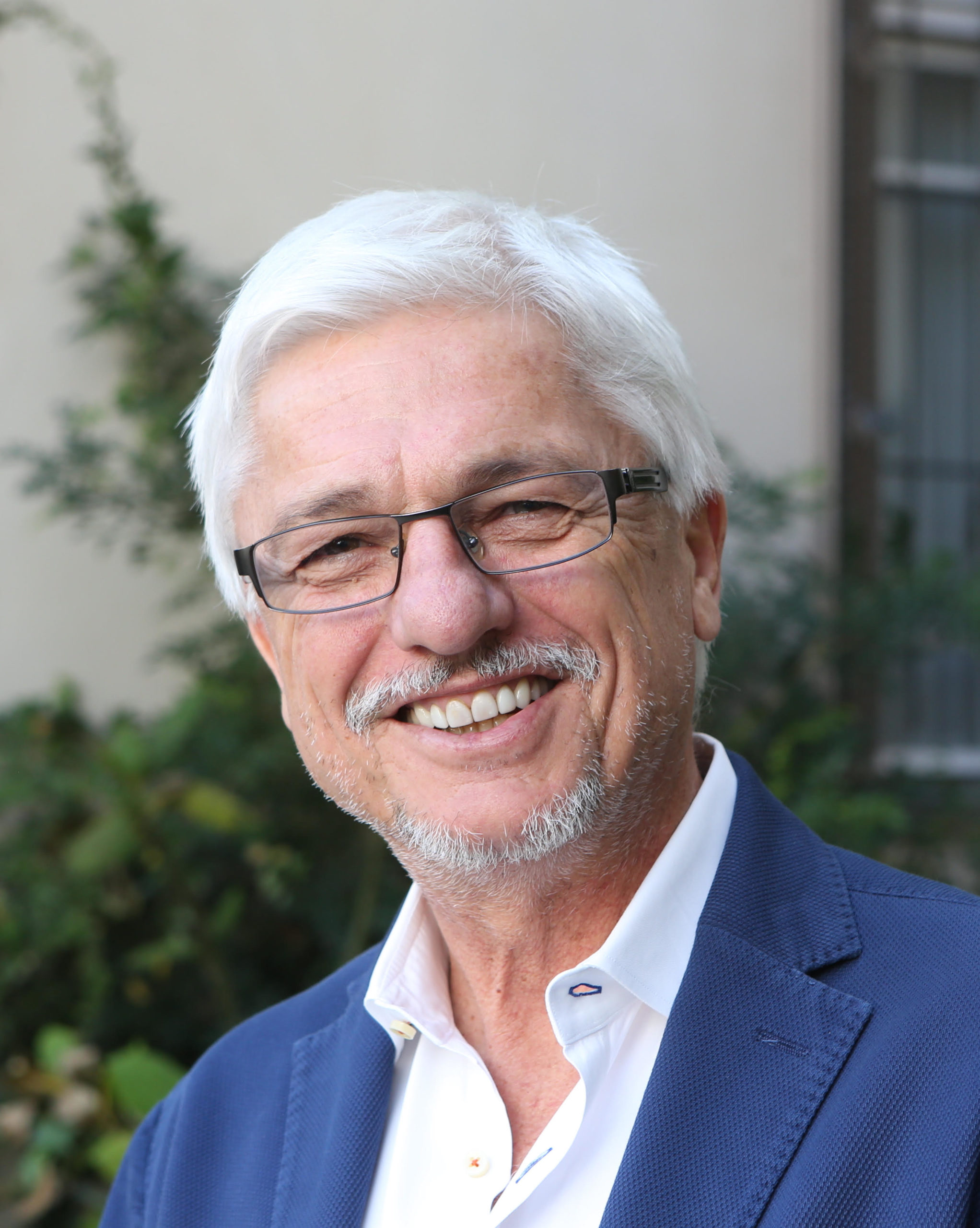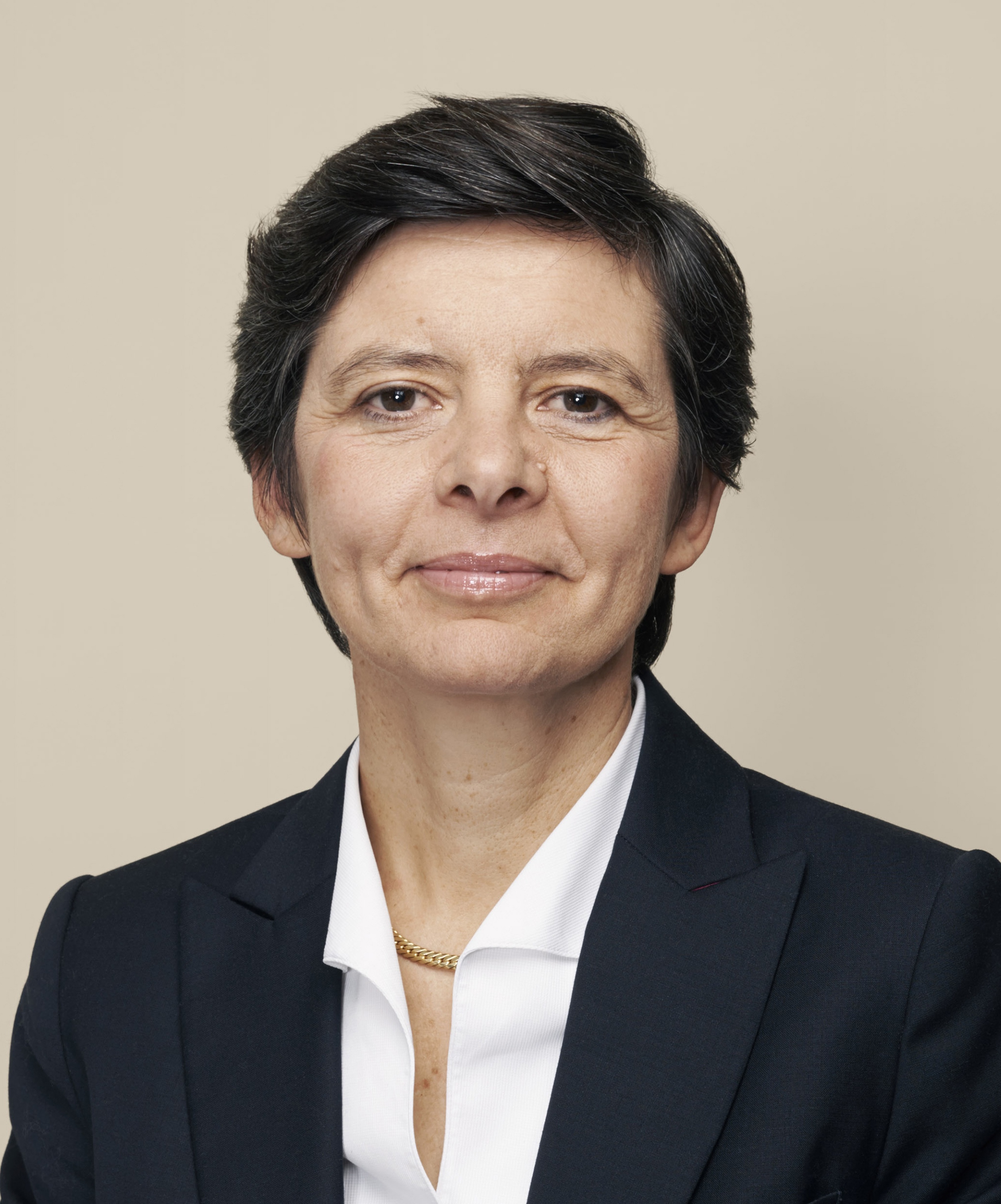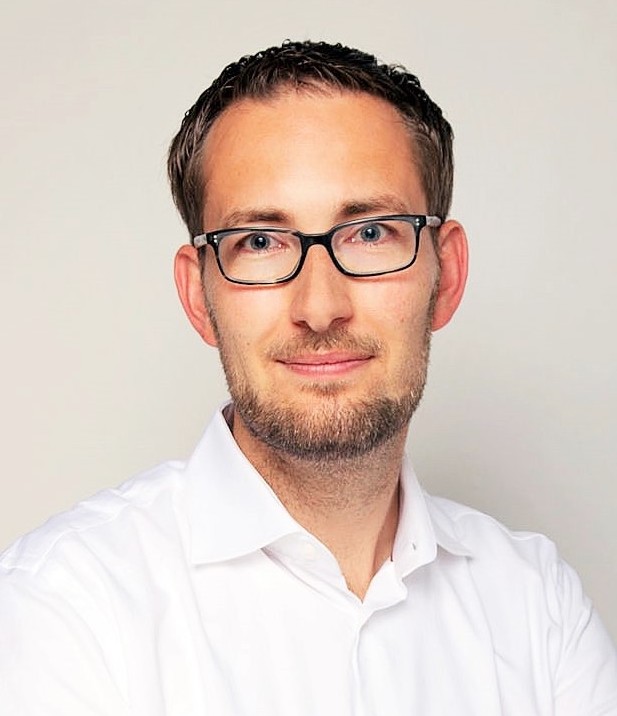Deep impact – or just managing risk? Pathways from ESG to investing for system change
ESG investing helps manage risk and conveys an idea of impact, but won't change the wider system. How can we go further? Experts Charly Kleissner and Laurence Laplane-Rigal discuss market-rate myths, France's ‘90/10 funds’ – and embracing NFTs.
To ESG or not to ESG, that is the question. Compared to the current crusade in the US against making investment decisions by considering environmental, social and governance (ESG) factors, the battle seems to be less heated on the this side of the Atlantic. And, in this year’s Impact Fire Talks, a European investor event series created by the Financing Agency for Social Entrepreneurship (FASE), the experts agreed that ESG investing can indeed be a pathway to impact. Yet it only serves to manage risk and convey an “idea of impact” but won’t be able to do one important thing: change the wider system.
The need for systems change, however, is what keeps many impact actors awake at night as major multi-crises reign. Some claim that ESG investing can be part of the solution, while others are convinced that it needs some heavy myth debunking before it can help investors truly drive impact. But how can we move from myth to mindset shift?
One answer is to erase the “false dichotomy” of market-rate versus non-market rate returns, as expert Charly Kleissner put it in the first Impact Fire Talk in June. Kleissner, an impact investing pioneer born in Austria and former Silicon Valley executive, is known for being an outspoken advocate of deep impact. Twenty years ago, he and his wife Lisa steered the assets of KL Felicitas Foundation towards 100% impact, and Kleissner is passionate about transforming the financial system by fully integrating the impact dimension.
 In the first Impact Fire Talk, he had plenty of opportunity to discuss his points with co-expert Laurence Laplane-Rigal, head of impact investing at leading asset manager Amundi, and moderator Nathalie Nebelius from Toniic, the global network of impact asset owners. One of the main takeaways was that modern portfolio theory, although still used by most investment professionals today, doesn’t help to drive systems change. With its sole focus on financial risk and returns, it neglects any explicit consideration for impact and therefore isn’t fit to support a regenerative economy. Most benchmarks used in modern portfolio theory, for instance, “include gold and oil”, Kleissner said. What the market would need instead are benchmarks that “measure impact risk and return as naturally as they do measure financial risk and return”.
In the first Impact Fire Talk, he had plenty of opportunity to discuss his points with co-expert Laurence Laplane-Rigal, head of impact investing at leading asset manager Amundi, and moderator Nathalie Nebelius from Toniic, the global network of impact asset owners. One of the main takeaways was that modern portfolio theory, although still used by most investment professionals today, doesn’t help to drive systems change. With its sole focus on financial risk and returns, it neglects any explicit consideration for impact and therefore isn’t fit to support a regenerative economy. Most benchmarks used in modern portfolio theory, for instance, “include gold and oil”, Kleissner said. What the market would need instead are benchmarks that “measure impact risk and return as naturally as they do measure financial risk and return”.
The market needs benchmarks that measure impact risk and return as naturally as they do measure financial risk and return
To help make impact-inclusive benchmarks a reality, impact data will be key. IMP+, an open-source initiative co-founded by KL Felicitas Foundation and the Katapult Foundation, is therefore investigating how to specifically invest in systems change. Currently, the project is crowd-sourcing 100+ efforts to establish a baseline for measuring this type of impact. “I wish that more people, especially not-for-profits and organisations in our space, would commit to sharing data, anonymised of course, but in a way that researchers could start looking at correlations and causality,” Kleissner said.
- Read more from FASE's Impact Fire Talks: Better terms, better impact – but can impact-linked finance overcome a chicken-and-egg situation?
The path to full-spectrum finance
 Laplane-Rigal struck a similar tone regarding the limitations of current financial theory. “There are two other dimensions that really need to be taken into account: time horizons and impact generation,” she said. On the latter, her native France is a frontrunner with its solidarity-based fund regulation – often dubbed the ‘90/10 funds’. Employee savings schemes are steered towards impact by investing 90% in listed assets, with a view to generating a high return, while the remaining 10% are dedicated to social investments with higher impact. Laplane praised it as a “very special and clever scheme” that should be replicated in other countries.
Laplane-Rigal struck a similar tone regarding the limitations of current financial theory. “There are two other dimensions that really need to be taken into account: time horizons and impact generation,” she said. On the latter, her native France is a frontrunner with its solidarity-based fund regulation – often dubbed the ‘90/10 funds’. Employee savings schemes are steered towards impact by investing 90% in listed assets, with a view to generating a high return, while the remaining 10% are dedicated to social investments with higher impact. Laplane praised it as a “very special and clever scheme” that should be replicated in other countries.
Dr Markus Freiburg, co-founder and managing partner of FASE, raised a related point: the need to expand investors’ thinking towards full-spectrum finance. The concept, originally introduced by Omidyar Network in 2020 with the influential “across the returns continuum” paper, builds on the idea that investors should consider the full spectrum of financial returns when investing for impact.
The positive correlation between impact and financial return should not be misperceived as all investors having to have market-rate returns by default
 “This includes market-rate, concessionary and even philanthropic capital,” Freiburg explained. “Grant funding has an important role to play, especially for system change. The positive correlation between impact and financial return should not be misperceived as all investors having to have market-rate returns by default,” he emphasised.
“This includes market-rate, concessionary and even philanthropic capital,” Freiburg explained. “Grant funding has an important role to play, especially for system change. The positive correlation between impact and financial return should not be misperceived as all investors having to have market-rate returns by default,” he emphasised.
Beyond ESG: possible pathways to deep impact
How do we get more investors to commit to game-changing solutions? Additional pathways were raised in the Impact Fire Talk, although the jury is still out on how some of these might be deployed. On the question “impact regulations: friend or foe?”, opinions were split. Are recent regulations such as the EU’s Sustainable Finance Disclosure Regulation (SFDR) really helpful in creating more clarity and deeper impact? Or are they a foe that “makes things just more complex”, as Kleissner said? Laplane-Rigal said she hoped that the new government regulations and other frameworks for impact investing would lead to more transparency – and help different organisations to work together. But she admitted that the discrepancies between many of them made it “really difficult” for impact investors who tried to align with them all. “More consistency between proposed regulations and standards would be very helpful,” she added.
If impact can be represented in digital format, then it could be a digital asset
Another potential pathway is for impact investing to become asset-class agnostic. Should investors move beyond the focus on “just” private equity and venture capital? Laplane said that while one could have an impact in all asset classes, measuring impact when investing in listed assets was harder to achieve. Kleissner made it very clear that he doesn’t believe in public equities as a means to achieve additional impact: “How can you claim impact if you buy shares that somebody else by default has to sell to you?” The only way for an investor in public assets to have a direct impact was to use their voting power as a shareholder, he argued. “Then you can influence the impact themes that are on the ballot with your vote.”
Tech for impact as a future enabler?
Finally, the question of the power of tech for impact popped up. Kleissner is known for betting on technology to drive systems change. Currently, he is working on impact NFTs (non-fungible tokens) to enable securitisation and trading of impact units. “If impact can be represented in digital format, then it could be a digital asset,” he said. Some tokenisation of CO2 offsets is already happening. Kleissner believes that impact NFTs have the potential to shift the focus onto stakeholders, improve liquidity and democratise access to impact investing, allowing the market to scale.
At the end of this myth-busting Impact Fire Talk, the sentiment in the room was clear: there are multiple pathways to shift the investor market towards systems change, some being more and others less promising. Yet, if we want deep impact, then managing risk with ESG investing is just the entry point – at best.
Christina Moehrle is a freelance communications advisor working with FASE among others; this feature was produced in partnership with FASE.
Check back soon for more coverage from the Impact Fire Talks, and register to join upcoming talks in September and October.
Top photo: Protester at Global Climate Strike holding a banner with the message "System change..." by Ivan Radic on Flickr, republished under creative commons license (CC BY 2.0)




